
Researchers at University of Chicago Medicine have created an antibiotic stewardship training program for internal medicine residents that incorporates social media platforms, offering a technological tool for a growing health problem.

Researchers at University of Chicago Medicine have created an antibiotic stewardship training program for internal medicine residents that incorporates social media platforms, offering a technological tool for a growing health problem.

A study using different criteria for urine testing than those outlined by the current Infectious Disease Society of America (IDSA) guidelines, has proven to cut down on the testing of urine samples and inappropriate use of antimicrobials.

Vikas Gupta, PharmD, BCPS, director of Clinical Strategy at Becton Dickinson, explains his team’s unique approach to understanding multidrug-resistant infections.

Susan Kline, MD, MPH, associate professor of medicine, Division of Infectious Diseases and International Medicine, medical director for Infection Control, lead physician for Antibiotic Stewardship, at the University of Minnesota, discusses the growing problem of antibiotic-resistance in hospital-acquired infections.

Doctors at the Children’s Hospital Colorado have published their research on a new approach to antibiotic stewardship, with promising reductions in antibiotic use and rates of Clostridium difficile.
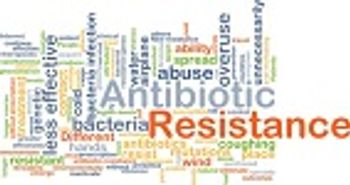
A symposium at the annual meeting of the Infectious Diseases Society of America in New Orleans, Louisiana, highlighted initiatives designed to curb the spread of antibiotic resistance.

A new study shows that using antimicrobial copper can kill surface bacteria and minimize pathogens in hospital rooms.

The first days of life are crucial for any newborn, and a new study has found that a protein in breast milk plays an important role in protecting infants from catching hospital-acquired infections.

The CDC warns that open-heart surgery patients are at increased risk of infection due to contaminated heater-cooler devices.
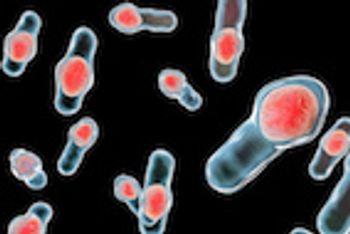
As hospitals continue to search for new ways to limit their number of patients acquiring Clostridium difficile (C. difficile) infections, a new study shows promise in the use of ultraviolet light technology for ridding patient rooms of highly resistant C. difficile spores.
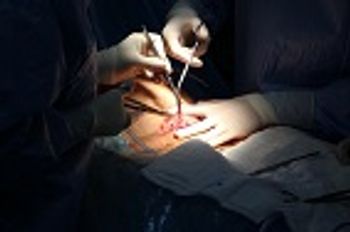
Although they’re often life-saving, all hospital operations come with the risk of surgical site infections. C-section are no different, researchers, in a recent medical trial, have found a way to slash post-operative infection rates with the use of an extra antibiotic.

With the use of antibiotics remaining high and steady in American hospitals and healthcare facilities, new rules on infection prevention and antibiotic use are set to bring changes to thousands of nursing homes, nationwide.

The Centers for Disease Control and Prevention (CDC) has awarded scientists combating antibiotic resistance with more than $14 million in funding for new research and innovations by universities, nonprofits, and the business community.

The Joint Commission considers hand hygiene the most important intervention for preventing healthcare-associated infections, which are responsible for 75,000 deaths annually.

Consumer Reports recently evaluated more than 3,100 hospitals in the United States and found that about a third of them received a low rating for controlling infections from Clostridium difficile.

Following the recent United Nations General Assembly meeting to discuss the growing global threat of antimicrobial resistance, health experts are highlighting the role vaccines can play in preventing dangerous infections.
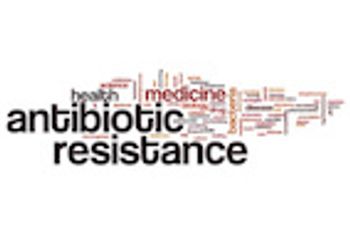
As antibiotic-resistant bacteria continue to endanger public health, greater attention from health officials and new US federal funding aimed at fighting superbugs, signal a new urgency in this battle.

According to newly published research, high levels of zinc changes microbiota in the gut decreasing resistance to infections from Clostridium difficile.

When researchers recently discovered a strain of Escherichia coli resistant to the final resort antibiotics colistin and carbapenem in the United States, it marked an increasing pattern of pan–drug-resistant bacteria appearing worldwide. A new report from France, though, may indicate that identifying and isolating these deadly superbug strains may help us control their spread.

On September 21, 2016, delegates at the 71st meeting of the United Nations (UN) General Assembly gathered to discuss the shared danger of antimicrobial resistance, signaling the global scale of this urgent public health crisis while pledging to collectively tackle the problem of superbugs.

Health officials around the world agree that our one of the best steps to reducing the problem of antimicrobial resistance is scaling back on unnecessary overprescribing of these medications. As doctors in many countries work to implement these efforts, a new report out of the United Kingdom shows some progress in the fight against drug-resistant “superbugs,” along with plenty of work to still be done.

As so-called “superbug” bacteria continue to develop new ways of resisting antibiotics, scientists are on the search for new and alternative treatments. Promising news from a recent study is now showing that we may be able to battle the most virulent strains of the Clostridium difficile bacteria with a class of drugs already on the market.
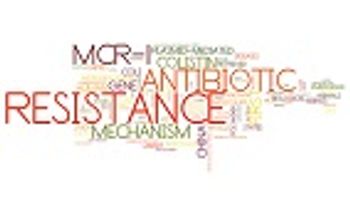
When the colistin-resistant gene, mcr-1, was first found in China in 2015, health officials around the world knew that the gene would inevitably appear in their countries. It has since been detected in other parts of Asia, Europe, and North America, including Canada, which just released a 2016 report from their Canadian Antimicrobial Resistance Surveillance System.
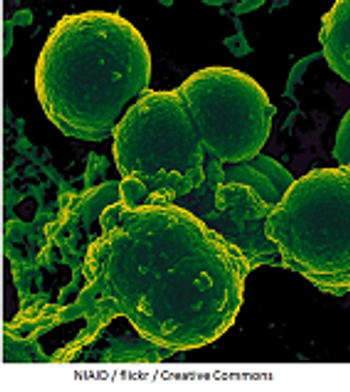
To find the next great innovation to fight the spread of drug-resistant bacteria, the National Institutes of Health has announced the launch of a new federal prize competition dubbed the Antimicrobial Resistance Diagnostic Challenge.

The FDA has granted biopharmaceutical company, MGB Biopharma’s lead candidate, MGB-BP-3, Qualified Infectious Disease Product (QIDP) designation for the treatment of Clostridium difficile-associated Diarrhea.